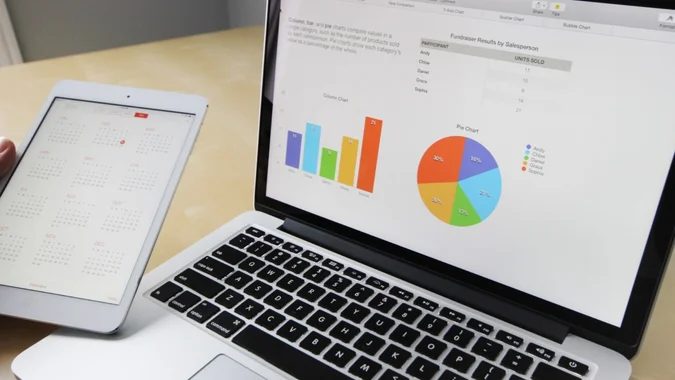
07 Mar Why you should move to 13 x 4 weekly accounting periods
Frustrated that your supervisors, managers, and chefs aren’t managing revenue and controlling costs effectively?
It might be due to how you present financial data.
Most accounting software (and accountants and bookkeepers) will default to monthly financial reporting. This might be fine for non-operational managers, owners and the ATO, but it’s not very useful for the staff running your venues day-to-day. They plan, think and act to a weekly, not monthly cycle.
This is logical. In most hospitality businesses I deal with, operational leadership responsibilities are planned and executed in weekly periods. Think rostering, stock ordering, preparation & production schedules, reservations & trading patterns. If you present a monthly P&L (profit & loss) statement to your operational leaders, it often makes no sense to them. The figures it contains aren’t in line with how they’ve planned and executed their responsibilities. You run the very real risk that the figures won’t make sense when presented calendar monthly.
Consider presenting operational financial data to your leaders in the same time increments that they’re mentally geared to – weekly.
Fortuitously, the 52 weeks of the year break down into 13 x 4 weekly periods.
If you move to 13 x 4 weekly periods, the first and last day of each accounting period is always the same day of the week, making stocktakes, reconciliation and other auditing much easier and more cost effective to schedule. How inefficient and often inaccurate are stocktakes conducted on the busiest days of your trading cycle? This happens often with monthly accounting when the end of month falls on your busiest trading days throughout the year. They also cost more in wages, as it takes longer to count, and often leads to fudged figures as there’s too much going on operationally to be able to count accurately.
A final consideration, how you present financial data can have a big impact on how successfully some chefs, supervisors and managers react to and understand it.
A dense spreadsheet full of figures will have some leadership staff glazing over if they’re not highly numerate and confident with numbers.
Consider presenting your budget vs. actual vs. year-to-date financial metrics visually, with graphics and colours. People have different learning and comprehension styles. You may be pleasantly surprised to discover that this approach improves understanding and performance with staff who previously struggled to grasp their operational financial responsibilities.
Key take-away:
The more closely aligned your financial reporting is to the operational cycles of your chefs, supervisors and managers, the easier it is for them to quickly notice trends, see and understand potential issues and make informed management decisions to maintain and grow profitability.
Present operational financial information so it is as logical and simple to understand as possible.
13 x 4 weekly accounting periods align better with the revenue and expenditure patterns of most hospitality businesses, providing a more accurate picture of financial performance.



